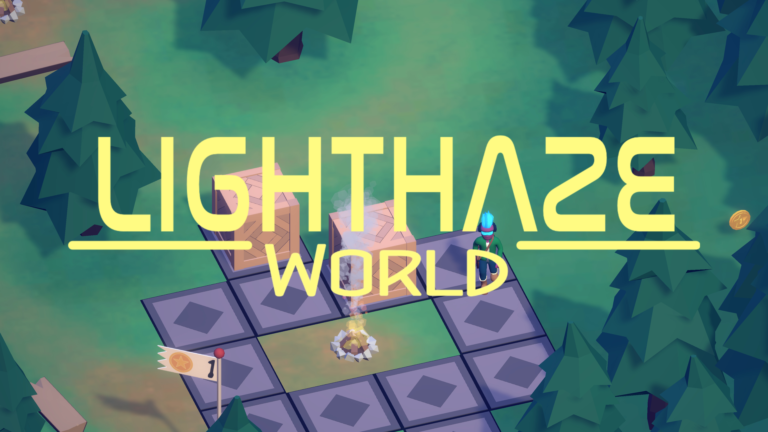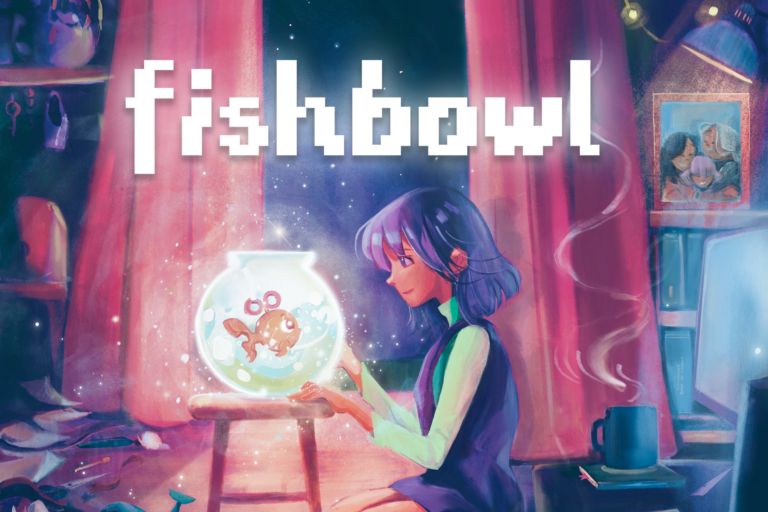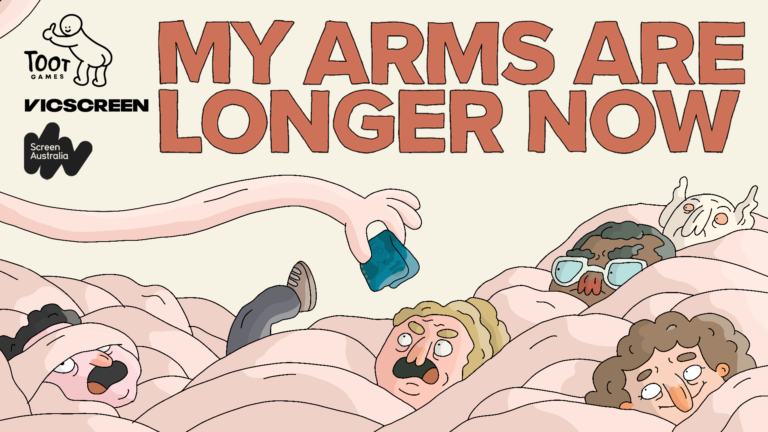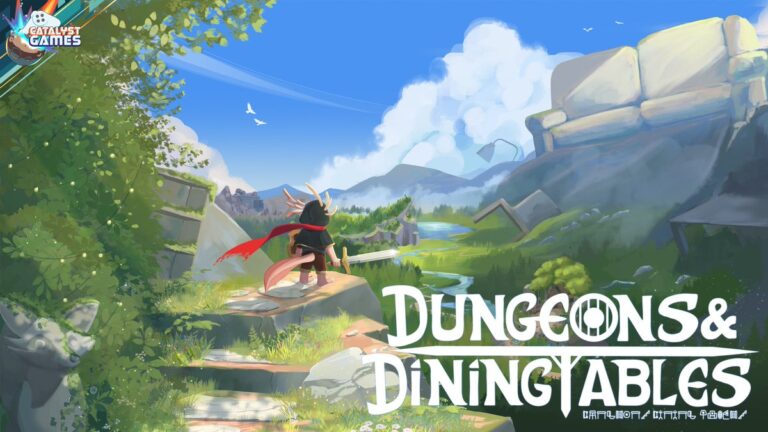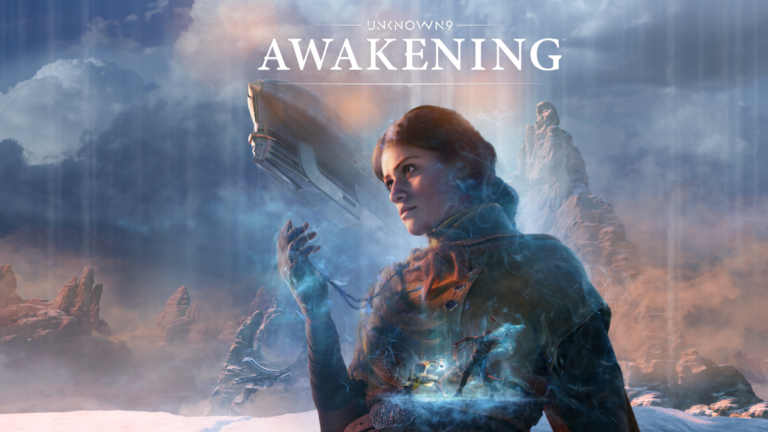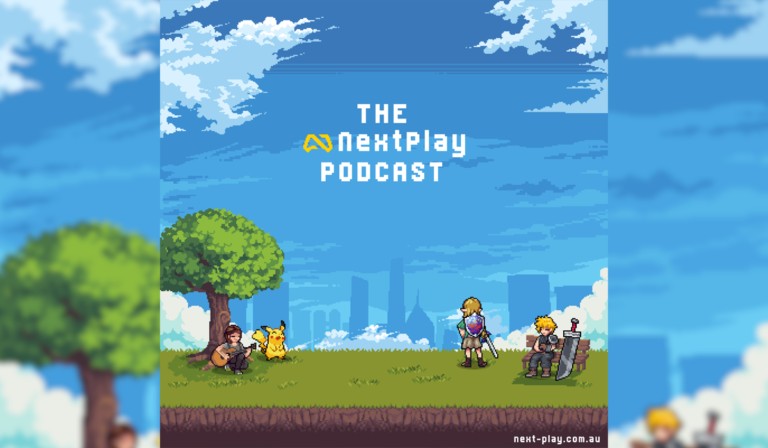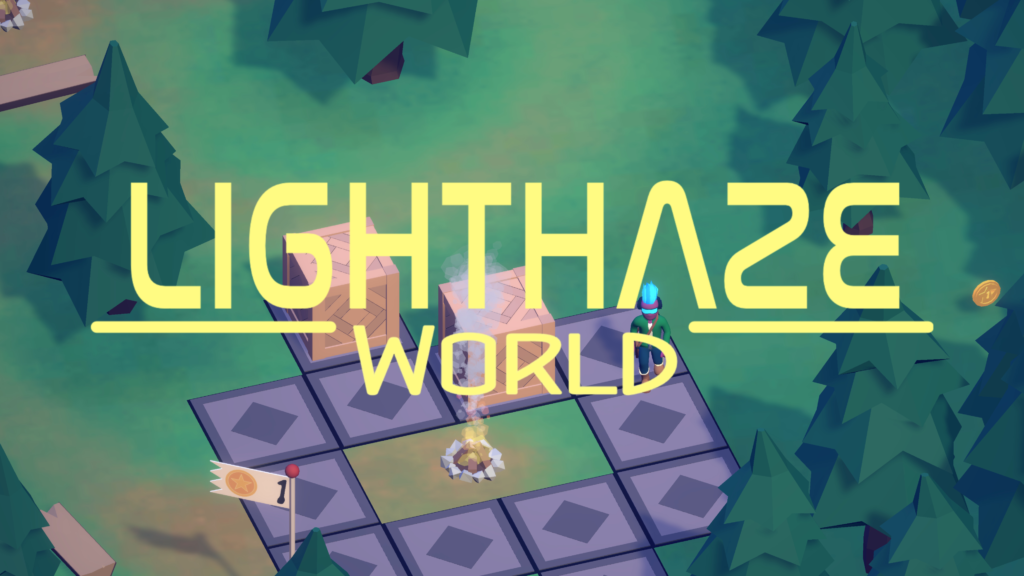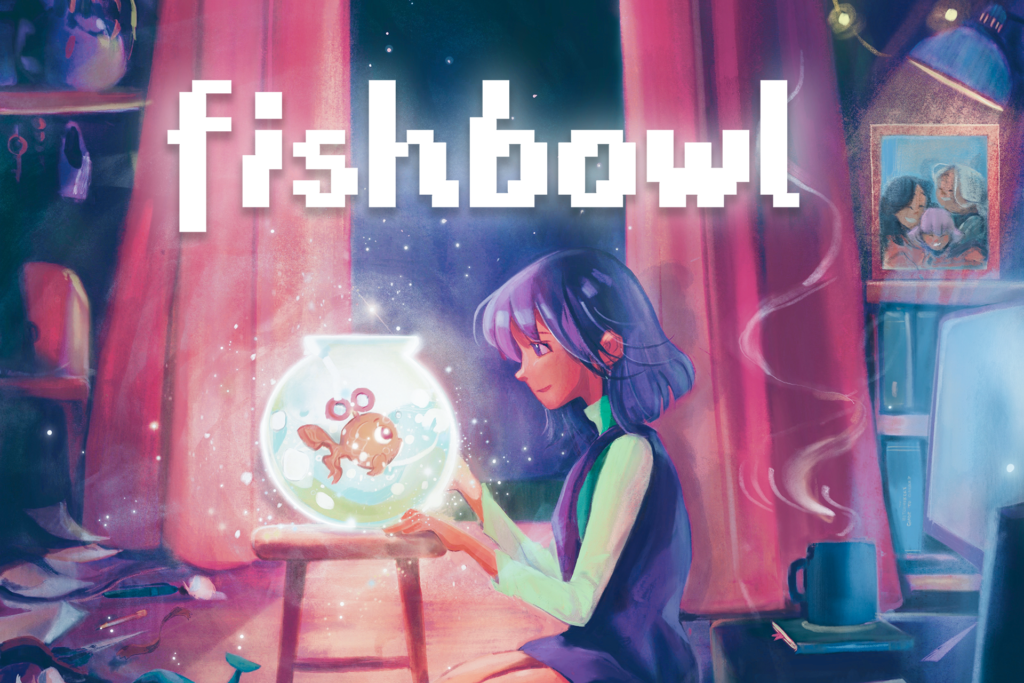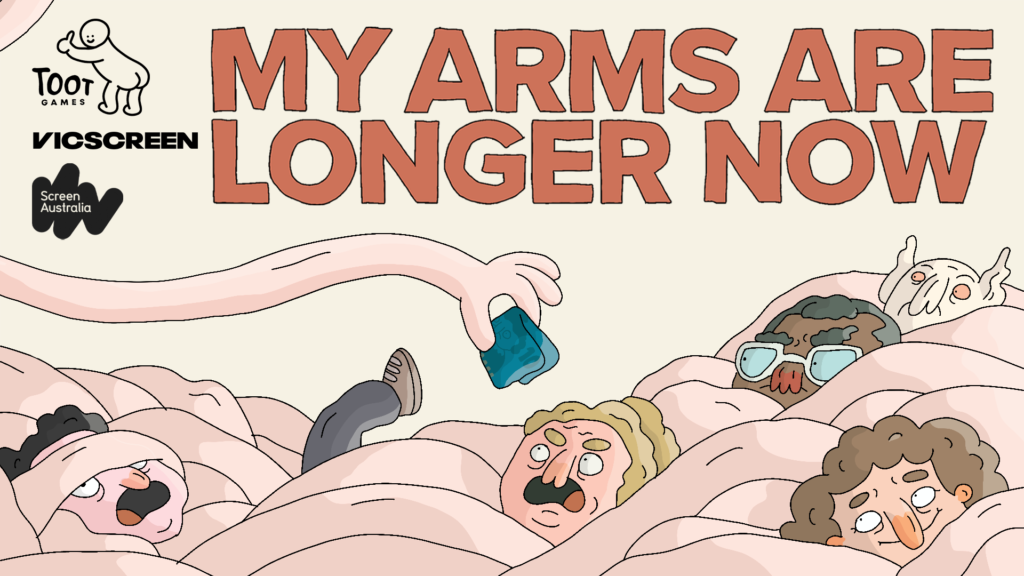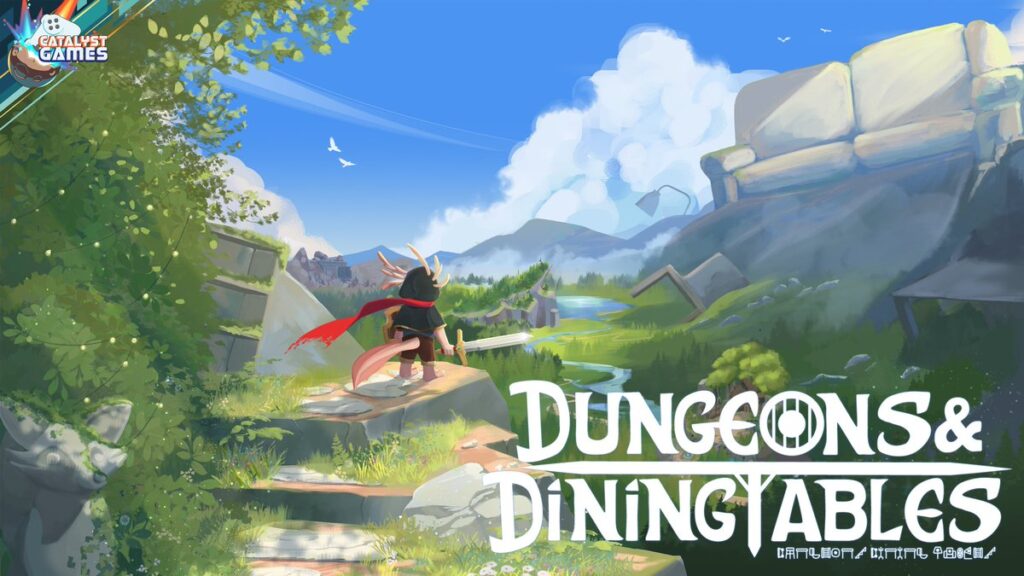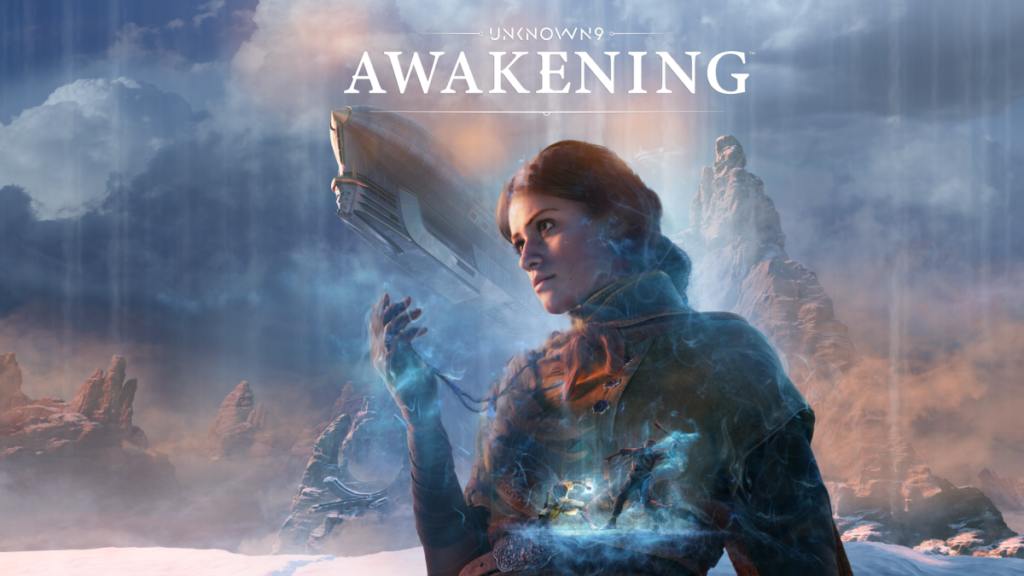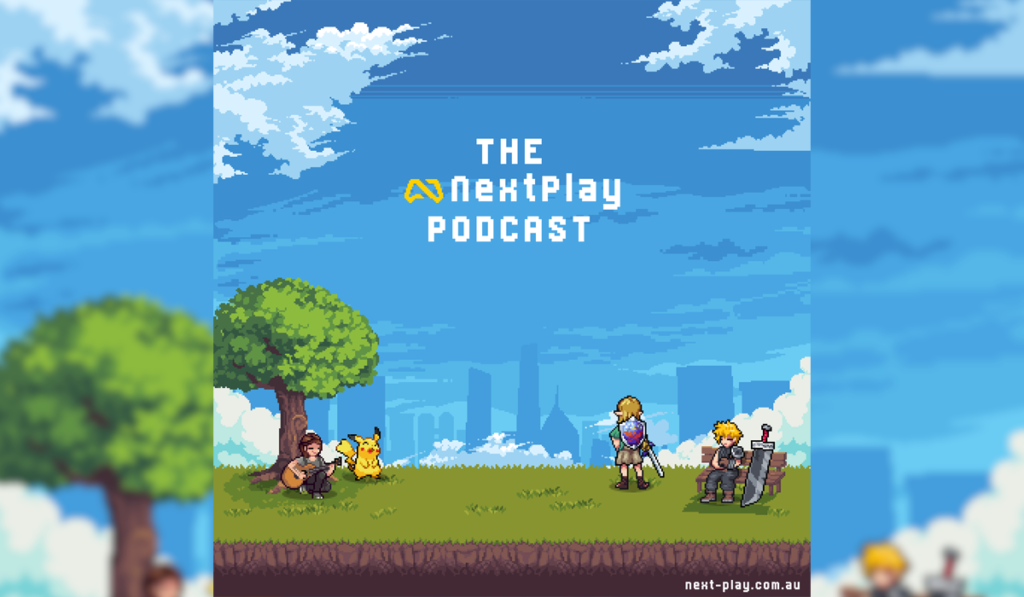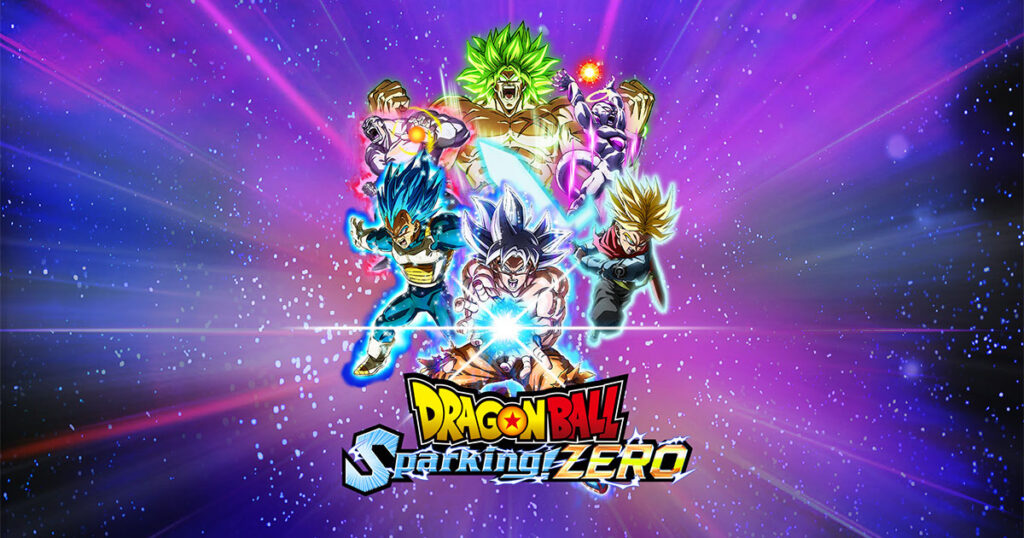South Australian developers have to jump through hoops to receive the help that the indie video game industry needs to succeed.
The video games industry is large and growing, with Statista finding that there are more than 2.5 billion players worldwide or over 35 percent of the planet’s population.
For those not following video games, the sheer financial success that the industry has amassed may be hard to comprehend, but the numbers tell an impactful story.
Australian consumers have embraced video games, with Press Start Australia reporting that Aussies spent over $4 billion on video game-related purchases in 2022, and recent statistics from the Interactive Games & Entertainment Association (IGEA) found 91 percent of Australian households now own a video game device.

Despite this national success, the Australian national and state governments have had an inconsistent relationship with the video games industry, as local video game developer Kathleen Smart found out.
“AVCon is still run entirely by volunteers despite the fact it brings in 20,000 people through its doors every year and so the AVCon Indie Games Room organisers burn out,” Ms says.
Ms. Smart founded the indie video game studio Joy Everafter, which developed Frog’s Princess, a video game that provided extensive accessibility options for children experiencing visual and hearing impairments.
The Australia Department of Foreign Affairs and Trade reported in 2022 that the video games industry was worth $240 billion globally and is set to grow to a global value of $294 billion in 2024.
After a decade of changing national policy, Press Start Australia reported that the Albanese Labor government reinstated the previously axed Australian Interactive Games Fund, and is also continuing the Digital Games Tax Offset, which provides a 30 percent refundable tax offset to game developers who spend a minimum of $500,000 on development costs.

This significant financial investment is not the only requirement developers must meet before being eligible for national, or even state-level support.
“State rebates are only for money spent in that state,” Ms Smart says.
“The rebates have resulted in more employment in the industry as a whole – which is excellent. But they are worthless to indie start-ups because … they are unreachable”.
The South Australian Film Corporation (SFC) has created funding support for local indie development studios, known as the Video Game Development Rebate (VGD) which aims to provide South Australian developers with a 10 percent rebate towards development and production costs. However, video game developers must spend at least $250,000 to qualify.
“I employed a Queensland programmer, a Melbourne artist, and at present, a New South Wales programmer. None of these expenses count towards the state rebate, but that is irrelevant as I do not make $250,000 per year anyway,” Ms Smart says.
Many Australian video game developers seek employment opportunities in other countries, such as Europe or even Montreal, Canada, which NPR (National Public Radio) has described as “the Hollywood of video games”.
“I think the fact that the SA Film Corporation is the only film corporation in Australia not to change its name to a screen corporation, which shows its emphasis on film rather than games.”

Ms. Smart also believes South Australian government support is lacking when it comes to event organisation.
“Game developers are going to have to continue to run their events in South Australia for some time.”
There is still yet another hoop that local developers must jump through, as the Mini Mammoth Games Chief Operating and Financial Officer Edward Korhonen-Bannister, found out.
“The spending requirement is also, as far as I understand, per project, not per studio,” Mr Korhonen-Bannister says.
“Our studio tends to focus on multiple projects at one time which makes it even harder to reach the minimum spending required.”
Mr Korhonen-Bannister says that the VGD is not aimed at smaller indie developers, instead, he believes the rebate has been made to try and entice larger studios to move to South Australia.

“I think the main goal of the VGD was to incentivise larger, established studios to either move or set up new offices in SA, and less at supporting the local indie scene,” Mr Korhonen-Bannister says.
Mr Korhonen-Bannister’s theory behind the implementation of the VGD has merit, as the Department of Trade and Investment has made two announcements this year promoting well-established video game studios coming to South Australia.
The Department of Trade and Investment announced in March that Tantalus Media would be opening its doors in South Australia, with the studio already recruiting 21 local developers and aiming to grow that number to over 50 in the coming years.
Then in April, the Department of Trade and Investment announced that Big Ant Studios would also be opening up a new development studio in Adelaide, with the company aiming to employ 60, ranging from digital artists, programmers, engineers, and those with AI expertise.
Despite these efforts to support the video games industry in South Australia, Edward believes the government is slower to embrace and support the industry when compared to other states.
“I feel like this support needs to continue to improve,” Mr Korhonen-Bannister says.
“However, when compared to other states, specifically WA and Vic, they have state-funded grants available for video game development and have a longer and more established history of supporting their local developers more than SA does.”
The Victorian government has shown prolific support of indie video game studios announcing a further $3.6 million of financial support earlier this year.
The IGEA found that 44 per cent of all Australian indie developers reside within Victoria, and nationally Victoria has the highest full-time industry employment rate at 57-percent, with South Australia following by a substantial distance at 14-percent.
The Guardian reported that the Victorian-based developer of indie sensation Cult of the Lamb, Massive Monster, received $40,000 of support during its development, which helped the team create a polished product that Kotaku reported sold over one million copies during its first week.
Mr Korhonen-Bannister is not alone in thinking that the South Australian government could be doing more to support local developers. Game Design and Digital Media lecturer at the University of South Australia, Dr. Susannah Emery echoes these sentiments.

“I think I’ve been very vocal about this, but it’s great that we have rebates like this, but there’s a huge gap,” Dr. Emery says.
“What we’re missing is kind of this gap for people who say just graduated or just started working in the games industry or just have a title that they’ve just started working on as prototype.”
Dr. Emery helps guide up-and-coming indie game developers at the University of South Australia but is also a developer herself having previously released Hannah, a video game about improving the knowledge and communicative abilities of those who know and those who are experiencing the effects of domestic abuse.
While Dr. Emery understands the benefit of attracting big video game studios to establish themselves in South Australia, Dr. Emery thinks more should be done to support the indie development industry that already exists within the state.
“What we need in SA is more IPs (intellectual properties),” Dr. Emery says.
“I think a lot of the grants kind of miss. We could have some targeted towards smaller projects that allow for prototype development or help bridge that stage between those two points. When you’re big enough to be spending that much and when you’re just starting. Because it’s hard in the games industry.”
Dr. Emery believes the South Australian government could further improve its support of smaller indie development and compared the funding support provided to the TV and film industry.
“There is a film and TV grant for small projects,” Dr. Emery says.

“Having games eligibility for the same type of projects, seeing games as evident things, will promote that idea that games are equal … that games are a valid art form where we can create, change, and share our stories.”
Statista reports that the industry will continue to grow as it projects the financial revenue to reach $520 billion by 2027.
Improved South Australian government support of local video developers would further encourage this growing industry, while also continuing to inspire large studios to move to the state.
The South Australian Film Corporation was asked for comment regarding the issues discussed in this article, but due to the small size of the organisation, it was unable to provide a direct response to the issues raised within this article.
Regardless of what the future holds for the South Australian indie game industry, it won’t stop developers from working hard to create incredible local projects, because as Dr. Emery says-
“They do it because they love it. They are not making money from it; it is all a labour of love.”




